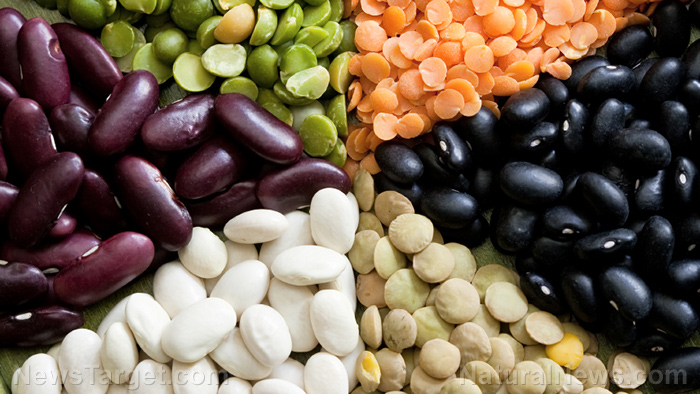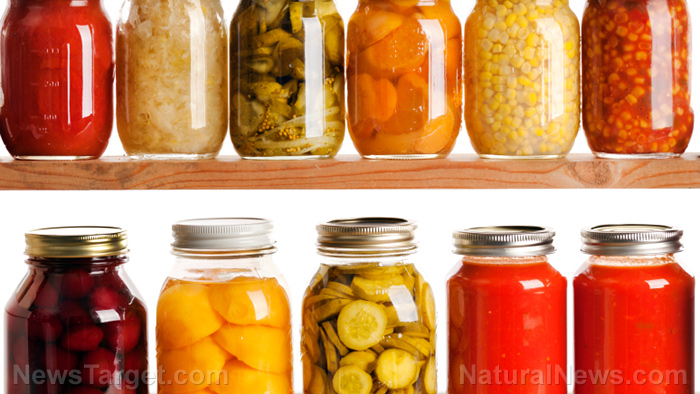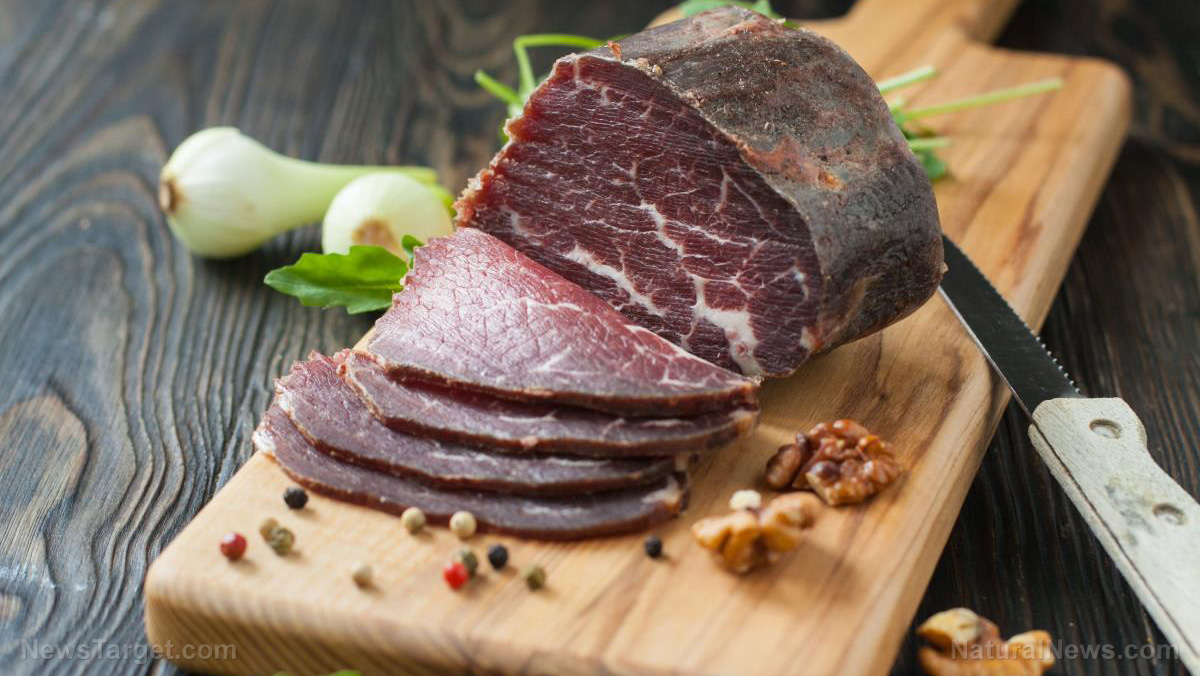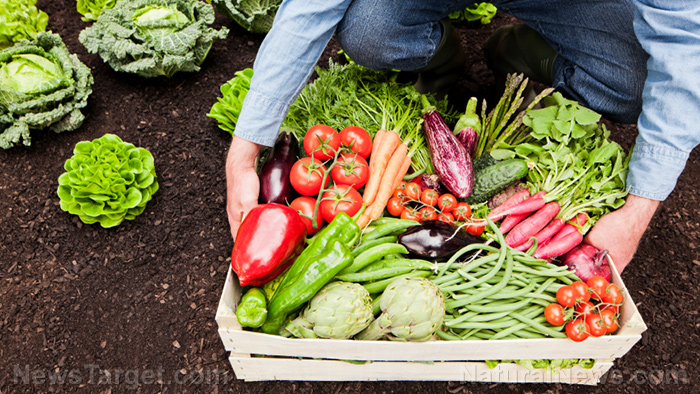Know the difference between short-term and long-term food supply to keep your food from spoiling
05/31/2018 / By Zoey Sky

Preppers know that food storage is crucial to self-reliance. With a food supply, you don’t have to run to the grocery store when SHTF.
Researchers posit that the average American visits the grocery store at least 1.5 times per week. If you have your own food supply, you can keep your family fed for at least several months or even years. (h/t to PreppersSurvive.com.)
Short-term vs. long-term food supplies
There are three major categories for food storage: short-term, long-term, and water supply. Being able to differentiate short-term from long-term food supplies ensures that you can store your food for as long as you need to while avoiding spoilage.
How do you determine if your family needs a short-term or long-term food supply? Consider your budget, cooking ability, if you plan to rotate your food supply and the reason why you’re storing food before you decide on the answer.
When storing food for a short-term reason, like a power outage or disaster, consider buying meals that can be stored for at least a month.
If you’re on a tight budget, it’s better to plan for a long-term food supply. However, some preppers often combine both to prepare for various scenarios.
A short-term food supply usually includes these food items:
- Canned food – Canned fruit and meat (that you canned yourself), soups, spaghetti sauce, and vegetables. (Related: How to store meat long-term when living off-grid.)
- Food with high oil content – Cooking oil, salad dressing/condiments, nuts, and peanut butter.
- Honey – Honey will last for a long time, and you can use it to naturally flavor oatmeal or toast.
- Juices – Stockpile organic juices because some brands may be full of sugar or harmful preservatives.
Canned food usually has a short expiration date of at least several months, making them suitable for short-term storage. Take note that short-term food must be used and rotated regularly; otherwise, its color, smell, taste, and texture could change. The food could even spoil if you don’t regularly rotate your supply.
If power outages are frequent in your area, a short-term food supply is the best option for you. You also have to prepare a cooking method that suits your food supply. Additionally, you must always replace the food that your family consumes.
Don’t buy or store food no one in your family likes or it will just go to waste. Aim to store enough items for four days. Once you reach your target, store food for two weeks. Practice rotating your food regularly before you attempt to store enough food for a longer period.
Once you’ve reached the two-week short-term food supply goal, you’ll have an easier time when setting up a long-term food supply.
A properly sealed and stored long-term food supply often includes:
- Dried food – Beans, corn kernels, flour, oats, pasta, rice, and wheat.
- Dehydrated food – Apples, carrots, herbs, onions, and powdered milk.
- Freeze dried food – Fruit, meat, and veggies.
- Vinegar
When stored properly, long-term food supplies will last indefinitely, making this a popular option among preppers. These food items are usually stored in five-gallon white buckets, large #10 metal cans, or Mylar bags since these containers will keep the food dry and safe from rodents.
For this option, you will need to follow several rules:
- Keep the items in an airtight container. An oxygen absorber is optional.
- Store the food containers in a cool and dry location away from moisture and sunlight.
- Label the containers properly: contents, cooking instructions, and the date you stored it.
Tips for short-term food storage
Here are some additional tips for short-term food storage:
- If you have pets, remember to add some pet food to your supply.
- Skip salty food because they will only increase your thirst.
- Choose a storage area that will keep your supplies safe from any insects and rodents or possible flooding.
You can learn more about the other items you can include in your short-term and long-term food supply at FoodSupply.news.
Sources include:
Tagged Under: bug out, Collapse, disaster, emergency planning, food independence, food spoilage, Food storage, food supply, Homestead, homesteading, how-to, long-term food supply, off grid, preparedness, prepper, prepping, self-reliance, short-term food supply, SHTF, survival, survival skills, survivalist, water supply



















